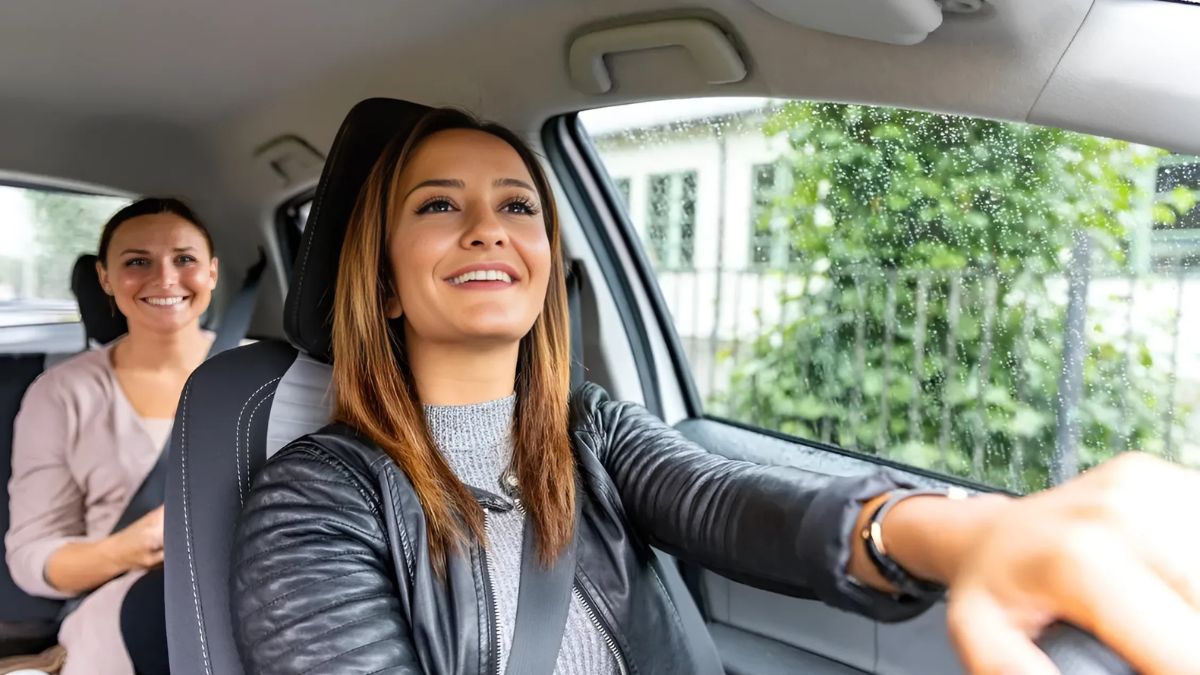Uber just announced something that, while positive, feels like it shouldn’t have to exist. The ride-hailing giant is launching a new feature called “Preferences for Women” – a setting inside the app that lets women passengers and drivers choose to be matched exclusively with other women. While it’s a step forward, it raises an uncomfortable question: Why did it take this long?
Background
Since its founding in 2009, Uber has been about convenience, speed, and affordability. It changed how we move through cities by connecting riders with drivers via an app. But with innovation came serious growing pains—especially when it came to safety. Over the years, Uber has faced numerous reports of harassment and even sexual assault, particularly involving male drivers and female passengers. These weren’t rare one-off cases either—they became a recurring concern that Uber could no longer ignore.
Launch
The idea of matching women with women isn’t entirely new. Uber actually began experimenting with it back in 2019 in Saudi Arabia, shortly after women were legally allowed to drive. After initial tests, the company improved the system in several European countries, including Germany and France. Now, Uber is rolling out the pilot in the U.S., starting in Los Angeles, San Francisco, and Detroit. It’s expected to expand nationwide if all goes well.
Function
So how does it work? It’s pretty straightforward. Female drivers and riders will have the option to turn on the “Women Preferred” setting in their app. Once activated, they’ll be more likely to be paired with women. The key word here is “preference”—it’s not a guarantee. There could still be situations where a woman is matched with a man, especially if there are no nearby women drivers or passengers.
Reasoning
This feature exists because the problem exists. Uber was under fire for not doing enough to protect users—especially women. From uncomfortable conversations to physical harassment, the ride-sharing experience hasn’t always felt safe. And while background checks and ratings systems help, they don’t stop every issue. Uber’s new preference aims to lower the risk and increase peace of mind.
But here’s the thing—it’s not a fix-all. It’s more like a bandage on a deeper wound. Safety should be a basic right, not a feature you opt into. Uber’s move feels a bit like saying, “We know it’s not totally safe out there, so here’s a way to maybe avoid the danger.” That’s far from reassuring.
Concerns
While it’s a positive step, some questions linger. Why hasn’t Uber taken stronger measures against offenders—like permanent bans for drivers or riders reported for harassment? Why isn’t there a universal safety overhaul that benefits everyone? It feels like this new option, while welcomed, is more reactive than proactive.
And what about non-binary individuals or those who don’t identify strictly as male or female? The preference doesn’t address them, which leaves out a portion of users who may also feel unsafe or underserved.
Timeline of ‘Preferences for Women’ Feature
| Year | Event | Countries |
|---|---|---|
| 2019 | Initial testing after law change | Saudi Arabia |
| 2020 | Further testing and refining | Germany, France |
| 2025 | Pilot program launched in the U.S. | LA, SF, Detroit |
| TBD | Planned expansion across more U.S. cities | Nationwide (future) |
Uber’s move is undoubtedly progress. It acknowledges a real problem and tries to offer a solution. But let’s be honest—this is a workaround, not a resolution. If safety was baked into every ride, we wouldn’t need gender-based filters. Until then, features like this offer temporary relief in an imperfect system. It’s better than nothing—but far from perfect.
FAQs
What is Uber’s new Women Preference?
It allows women to request rides with women only.
Is the feature guaranteed to match women?
No, it increases the likelihood but isn’t guaranteed.
Where is this feature available first?
Los Angeles, San Francisco, and Detroit.
Why was this feature created?
To address safety concerns of women riders and drivers.
Can men use this preference setting?
No, it’s only for women riders and drivers.























